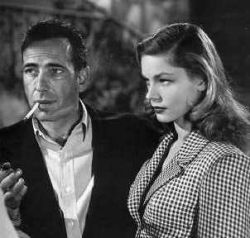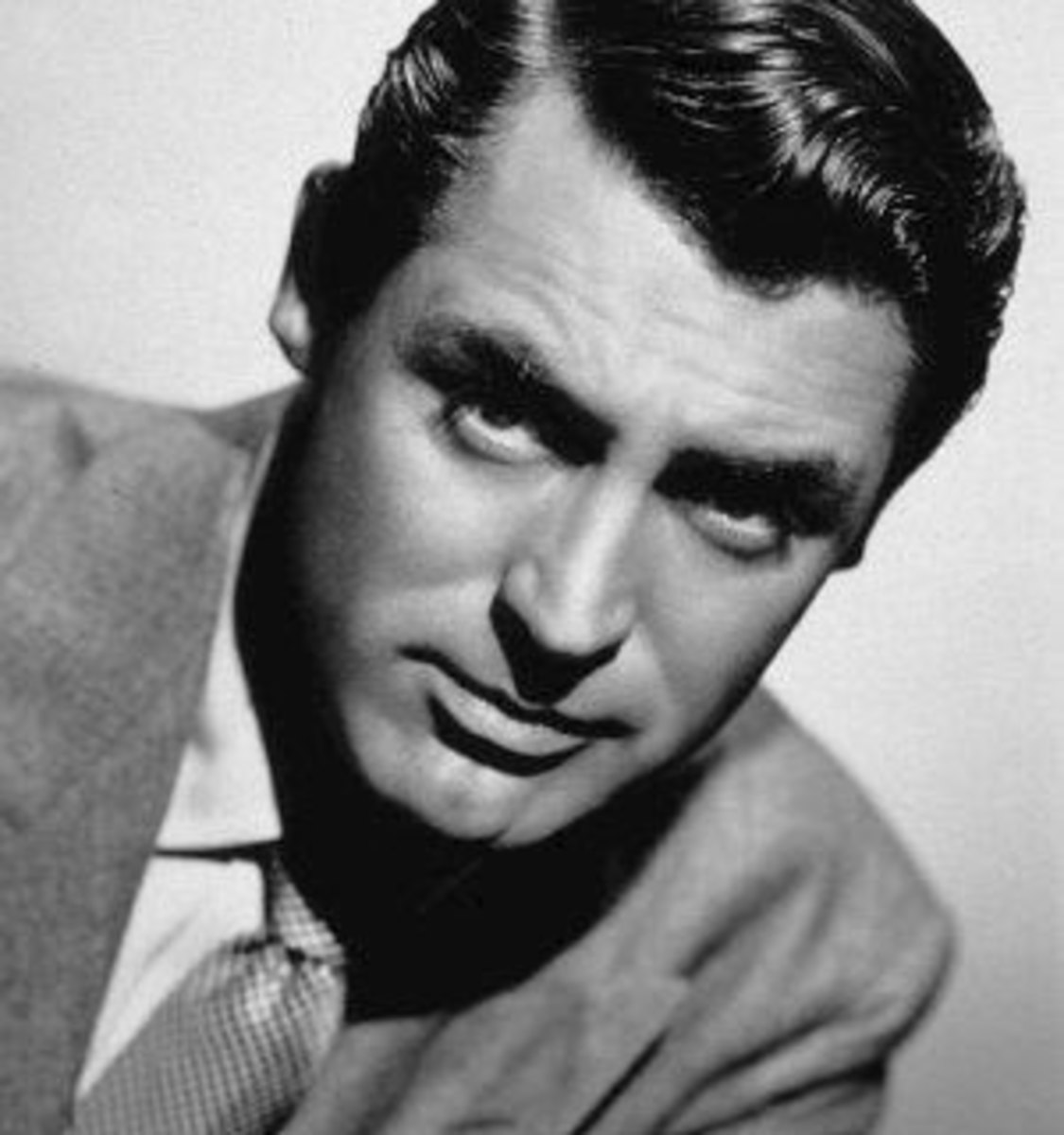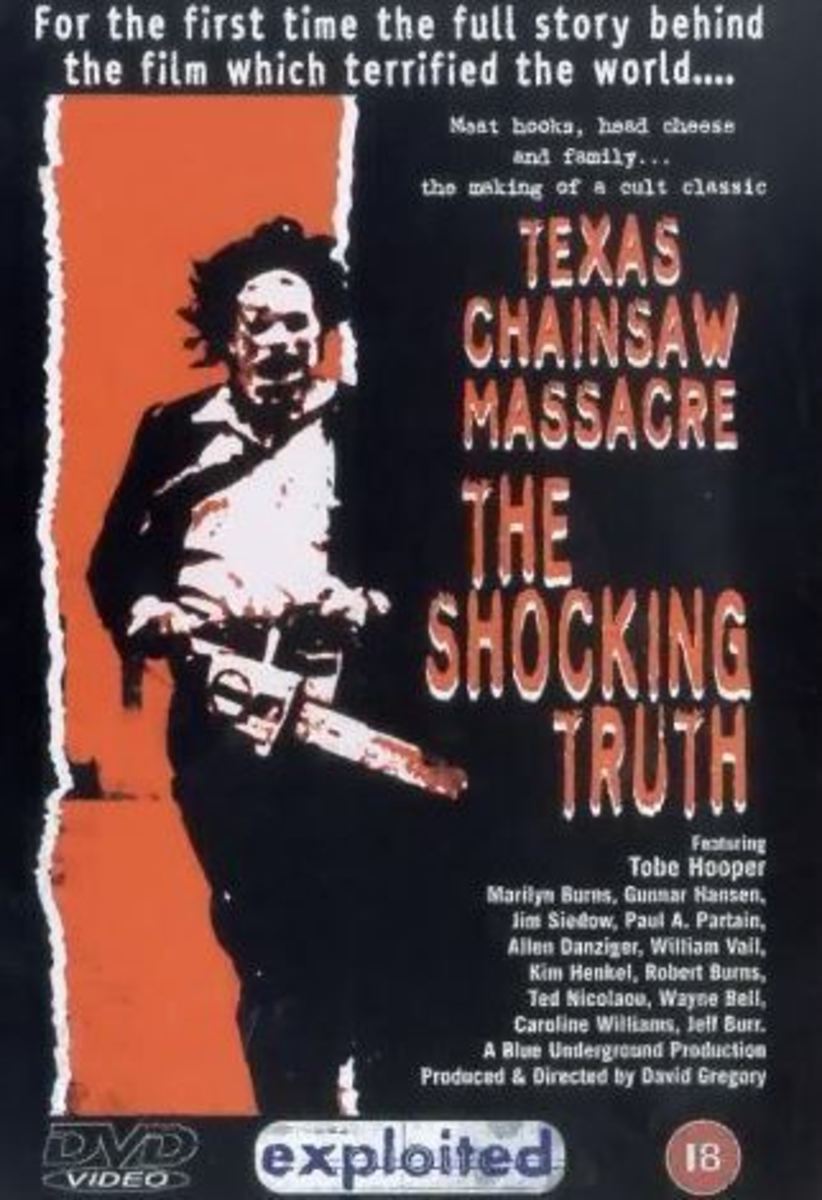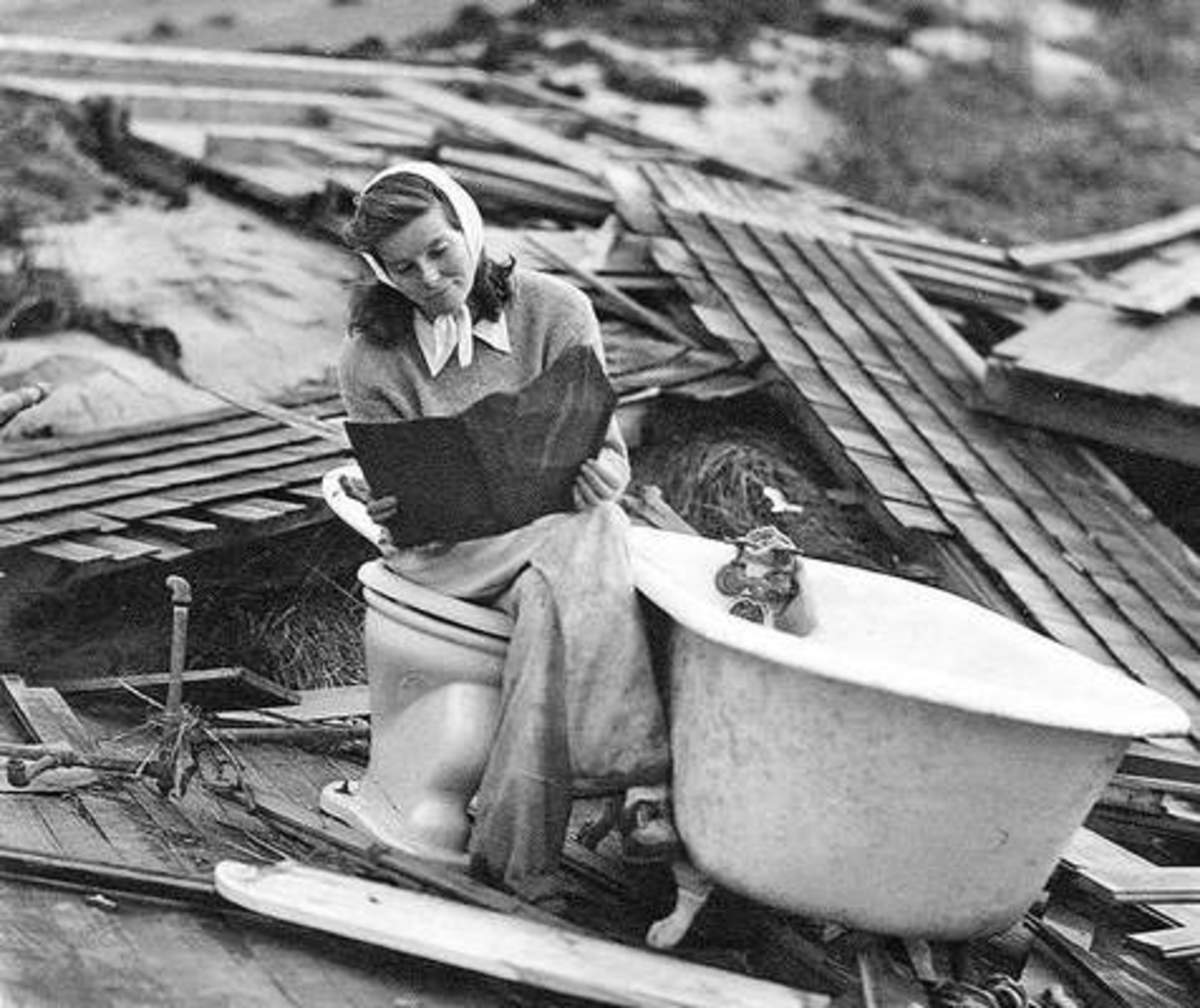Hollywood The Golden Years

More than a town
Hollywood, California - it's a geographical location but its also far more than that. It is the "Entertainment Capital of the World," rich in history and legend. Its where, beginning a century ago, the great American dream burst out into the open. There is no other name that frees our romantic imagination and stirs our hopes and fears, like Hollywood. It is unique.
This lens briefly traces the early history of Hollywood up to the first 'Talkies' in 1927. The period which followed, from 1927 up to the late 1940s, is known as The Golden Age of Hollywood. The American cinema reached its peak of efficiently manufactured glamour and global appeal during this period. The top actors of the era are now thought of as the classic movie stars, such as Clark Gable, Katharine Hepburn, Humphrey Bogart, Cary Grant, Bob Hope, Judy Garland, James Cagney, Elizabeth Taylor, and others. All of these names are known even today, more than sixty years since the beginning of the golden era.
At the start of the Twentieth Century the fledgling American Movie Industry was based around New York, on the east coast. In early 1910, director D. W. Griffith was sent by the Biograph Company to the west coast with his acting troop consisting of actors Blanche Sweet, Lillian Gish, Mary Pickford, Lionel Barrymore, and others. They started filming on a vacant lot near Georgia Street in Downtown Los Angeles. The Company decided to explore new territories and traveled several miles north to a little village that was friendly and enjoyed the movie company filming there. And, you've guessed it, this place was called "Hollywood". Griffith then filmed the first movie ever shot in Hollywood called, aptly enough, 'In Old California', a Biograph melodrama about Latino-Mexican occupied California in the 1800s. The movie company stayed there for months and made several films before returning to New York.
Click Here for the best of Classic Hollywood
At this time, with the movie medium in its infancy, many Jewish immigrants found employment in the U.S. film industry. They were able to make their mark in a brand-new business: the exhibition of short films in storefront theaters called nickelodeons, after their admission price of a nickel (five cents). Within a few years, ambitious men like Samuel Goldwyn, Carl Laemmle, Adolph Zukor, Louis B. Mayer, and the Warner Brothers (Harry, Albert, Samuel, and Jack) had switched to the production side of the business. Soon they were the heads of a new kind of enterprise: the movie studio.
After hearing about this wonderful place, in 1913 many movie-makers headed west to avoid the fees imposed by Thomas Edison, who owned patents on the movie-making process. In Los Angeles, California, the studios and Hollywood grew. Before World War I, movies were made in several U.S. cities, but filmmakers gravitated to southern California as the industry developed. They were attracted by the mild climate and reliable sunlight, which made it possible to film movies outdoors year-round, and by the varied scenery that was available. The first feature film made in Hollywood, in 1914, was called 'The Squaw Man'. All the films made in Los Angeles from 1908 to 1913 had been short subjects. 'The Squaw Man', marked the beginning of the modern Hollywood movie industry. Through the First World War when the movie industries of Europe declined, Hollywood went from strength to strength.
Charlie Chaplin, Mary Pickford and Douglas Fairbanks on top of the world in 1921. And why not? Two years earlier they and top director D.W. Griffith had formed their own studio, United Artists, for one thing because no one else could afford to pay their salaries.
By the 1920s, Hollywood reached what is still its era of greatest-ever output, producing an average of 800 feature films annually, or 82% of the global total. The comedies of Charlie Chaplin and Buster Keaton, the swashbuckling adventures of Douglas Fairbanks and the romances of Clara Bow, to cite just a few examples, made these performers' faces well-known on every continent.
With the growth of the studio system came its greatest publicity method, the star system, which characterized American and indeed, world, film for decades to come and provided models for other movie industries. The studios' efficient, top-down control over all stages of their product enabled a new and ever-growing level of lavish production and technical sophistication. At the same time, the system's commercial regimentation and focus on glamorous escapism discouraged too much daring and ambition.
End of the Silent Era
During late 1927, Warners released The Jazz Singer, which was mostly silent but contained the first synchronized dialogue (and singing) in a feature film. It was a great success, as were follow-ups like Warners' The Lights of New York (1928), the first all-synchronized-sound feature. The change was then remarkably swift. By the end of 1929, Hollywood was almost all-talkie, with several competing sound systems (soon to be standardized).
Thus began what is now often called "The Golden Age of Hollywood," which refers roughly to the period beginning with the introduction of sound until the late 1940s. The American cinema reached its peak of efficiently manufactured glamour and global appeal during this period. The top actors of the era are now thought of as the classic movie stars, such as Clark Gable, Katharine Hepburn, Humphrey Bogart and the greatest box office draw of the 1930s, child performer Shirley Temple.

The Golden Age
During the so-called Golden Age of Hollywood, which lasted from the end of the silent era in American cinema in the late 1920s to the late 1940s, movies were issued from the Hollywood studios like the cars rolling off Henry Ford's assembly lines.
Most Hollywood pictures adhered closely to a formula-Western, slapstick comedy, musical, animated cartoon, biopic (biographical picture)-and the same creative teams often worked on films made by the same studio. For instance, Cedric Gibbons and Herbert Stothart always worked on MGM films, Alfred Newman worked at Twentieth Century Fox for twenty years, Cecil B. De Mille's films were almost all made at Paramount, director Henry King's films were mostly made for Twentieth-Century Fox, etc. And one could usually guess which studio made which film, largely because of the actors who appeared in it.
Each studio had its own style and characteristic touches which made it possible to know this - a trait that does not exist today. Yet each movie was a little different, and, unlike the craftsmen who made cars, many of the people who made movies were artists.
For example, To Have and Have Not (1944) is famous not only for the first pairing of actors Humphrey Bogart (1899-1957) and Lauren Bacall (1924- ) (both pictured above) but also for being written by two future winners of the Nobel Prize in Literature: Ernest Hemingway (1899-1961), author of the novel on which the script was nominally based, and William Faulkner (1897-1962), who worked on the screen adaptation.
Moviemaking was still a business, however, and motion picture companies made money by operating under the studio system. The major studios kept thousands of people on salary-actors, producers, directors, writers, stuntmen, craftspersons, and technicians. And they owned hundreds of theaters in cities and towns across the nation, theaters that showed their films and that were always in need of fresh material. Movie making had arrived, and arrived big.








